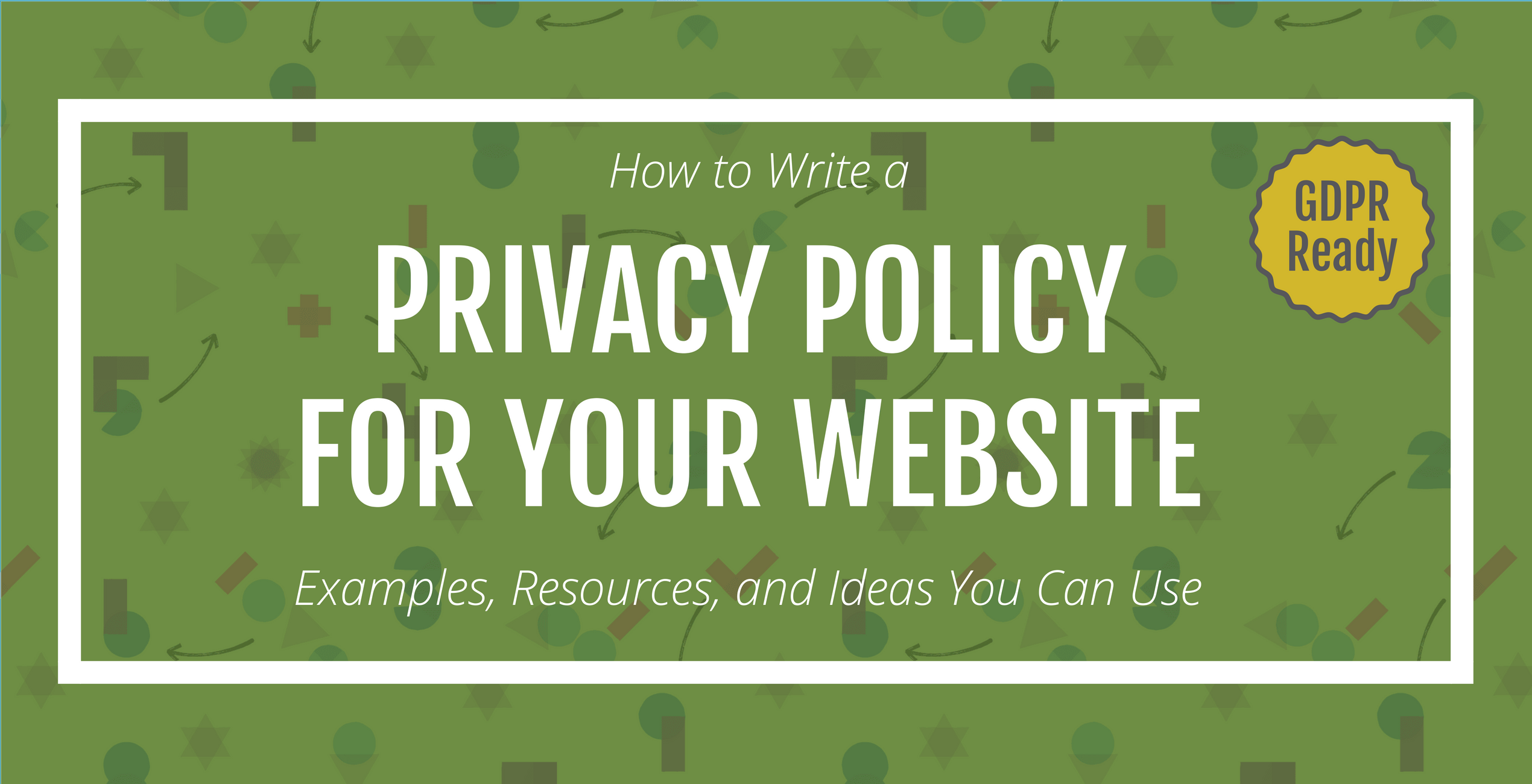This post is part of our series: Find Out Fast If Your Business is GDPR Ready. It was originally published in 2019 and has been updated for 2022. Our goal is to help businesses make sense of privacy and data. AE is your Babel Fish for GDPR Legalese.
What is a Privacy Policy?
Simply put, a Privacy Policy is a document that tells your customer what data you’re going to collect from them, how you’ll use it and who you’ll share it with.
Why You Need a Privacy Policy
If you have a business website, you should have a Privacy Policy. It’s important that your business models best practice, plus it’s likely that you’ll need one to meet your online legal requirements — both the GDPR and CCPA require privacy policies!
Take heart: it doesn’t have to include swaths of pages of legalese. In fact, the more straightforward and simple you can make your Privacy Policy, the more your customers will trust you.
Great Examples of Privacy Policies
Writing a Privacy Policy can be awfully dry. We’ve collected a few examples of companies who have added personality to their boring documents, and managed to make them more interesting — even friendly. Almost as though you’re talking to their best customer service reps.

We’re huge fans of Xero and their privacy policy is clear and to-the-point. Marvel in its readability!

Typeform have, of course, used a form to display they privacy policy as well as their terms and conditions. Do check out their plain English version. It rocks.

MailChimp has done a pretty good job as well on their Privacy Policy. They deal with a lot of customer data and have clearly marked out how they use it.
We love the fellas at HelpDocs.io and we use their service. They also break down the complex world of privacy well.
We’re pretty proud of the work we’ve done on our own Privacy Promise.
Some Helpful Resources For Writing a Privacy Policy
While how you write your privacy policy is up to you, there are a few things it should cover. Website Policies outlines the following points that should be found in your privacy policy:
- Your contact information, and if subject to the GDPR, the contact details of your data protection officer
- What personal data you will be collecting and using
- How that personal data will be collected
- How that personal data will be used
- How personal data is stored and if it will be shared with third parties
- Information about the cookies you are using and where your cookie policy is located
- The rights users have regarding their data, i.e. that they can revoke consent or opt-out of data collection at any time
There are even several privacy policy generators available online. These can be helpful to get you started, but always get actual legal advice so you know you are covered.
Here are a few privacy policy generators you can check out if you’re interested:
How to Explain AE’s Service in Your Privacy Policy
To help you construct your own policy when you’re using AE Connect, it’s important to know several things:
What Data Does AE Collect?
The short answer is, it’s different depending on the service your customer registers with. We’ve broken down the information AE collects by service to help you fill in your Privacy Policy more easily.
Does AE Use Cookies?
The short answer is yes. Check out our Web Beacons and Cookie Guide.
AE’s Privacy Promise
We deal in customer data every day. We know the companies who work with us trust us to keep their data secure and private. This is a huge deal to us and we don’t take the job lightly.
We have a Privacy Promise that outlines how we collect data and what we do with it. It’ll probably give you some ideas for your own.
Best of luck writing your own Privacy Policy! Of course, we always recommend you have the Privacy Policy you come up with reviewed by a smart and trustworthy lawyer.

